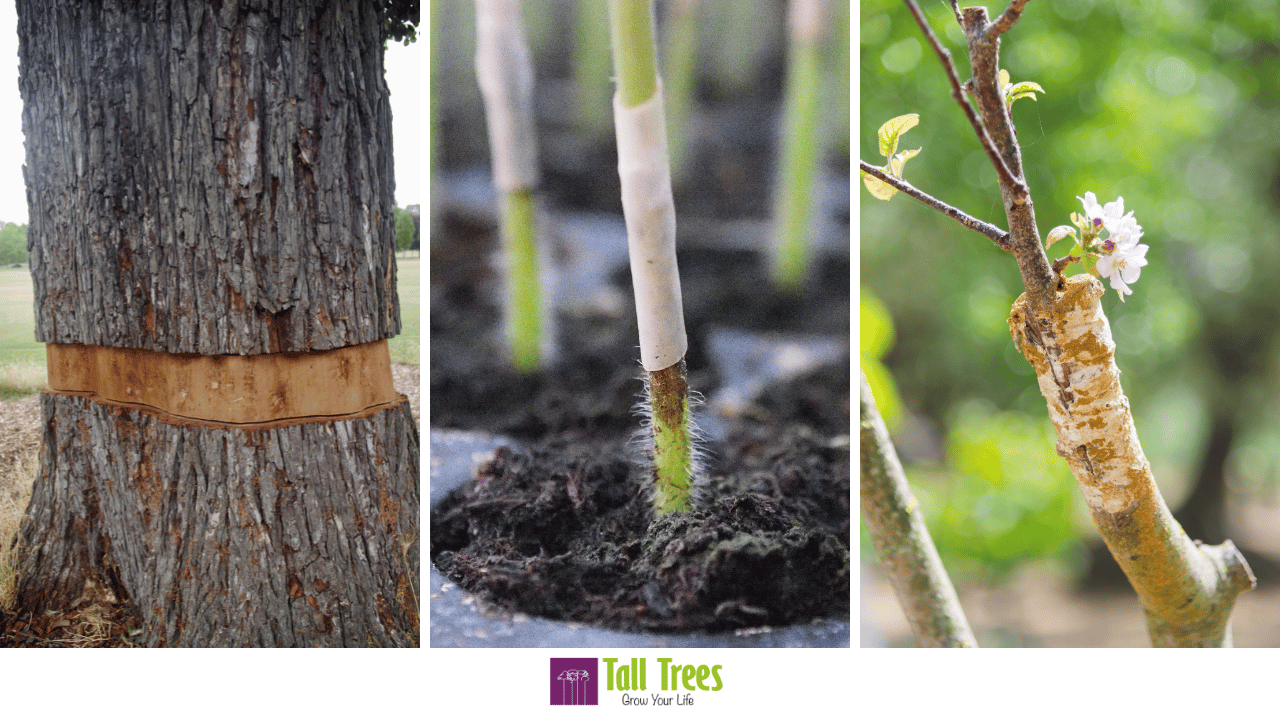People don’t grow while someone is trying to change them.

“There are two ways of spreading light: to be the candle or the mirror that reflects it.” - Edith Wharton
Change is a buzzword. Agents of change are our new heroes. Secular culture convinces people that it is good to change everything from their eye color (long live the Instagram filter!) to their gender. The more radical the claim that everything is relative, fluid, and limitless, the louder the applause.
Change is good, right? When it comes to changing ourselves - who we are - it can be good, don’t you think? Isn’t growth just another word for change? My short answer is, “Not really.”
Change has a dark side when it comes to people. I believe there is a part of people we can’t change without breaking them entirely, just as we can’t cut away a ring of bark around a tree without killing it. People have an intricate and original design that is closely linked to their purpose. Messing with the design puts their destiny at risk. They won’t grow when we’re trying to change them but they will when we’re helping them return to that design where they are their best selves.
When change agents decide what to change in people, marriages, or teams, they often have their list of desirable traits and undesirable ones. Who decides what is desirable, though?
Is being emotionally intense a problem or a personality trait? When experts decide it is undesirable, they medicate people for it. However, when coaches understand the dynamics of personality, they celebrate emotionally intense people as the creators of wonderful art, moving drama, heart-rending poetry, and deeply compassionate relationships. Instead of medicating them, they give them the skills to manage their emotionality without suppressing it, and we all are the fortunate beneficiaries of healthier artists!
What about changing groups and teams for the better? My colleague Annatjie and I have vastly different personality types. If we used our subjective sense of what is good in the coaching of a struggling executive leadership team, I would let them have a proper rumble and mop up the blood, sweat, and tears afterward (almost literally) while Annatjie would never let it get that bloody, sweaty, or tearful (literally).
Here is the truth—unless we remove the lenses that are tinted by our own personalities, we will both fail to coach this team to greater success. I’d be trying to give sharp objects to harmless people, while Annatjie would be trying to file away the teeth of people who need their bite.
We’d do a lot better if we stopped, had a good look at our own personalities, gained a thorough knowledge of each member’s uniqueness and of the team’s profile as a whole. (Yes, teams have a design too, and they can just as easily lose their purpose when we’re trying to change that.) Their team profile would then be our map forward, not our own preferences and prejudices. When we brainstorm goals with this team, we can benchmark them against this true assessment of who they are at their core.
The attempt to make people or groups of people into what God never created them to obscure the original seed: their best selves. Their God-given temperament can be temporarily muddled, suppressed, warped, or denied, but it can’t be altered.
Compliant conformers may mimic the expectations placed upon them but they won’t mature into their authentic beauty. Under the veneer of conformity, the original seed sits dormant; the brilliant design is locked up. In it, all the potential for growth and glory remains unearthed.
The rebels who resist the attempts at girdling them will not mature either. They’ll just grow more aggressive, oppositional, and reactionary with time, while their innate gifts have no time to sprout.
You know people in both groups, don’t you—those who have lost who they are in the shadow of someone else, and those who overexert themselves to prove that they deserve a place in the sun?
That is why the FIRST thing we need to do is to bring the hurting people back to who each of them is. In nature, good gardeners do bridge grafting to restore the flow of water and nutrients in a tree that was accidentally or maliciously girdled (cutting away a ring of bark around a tree). In coaching, we do the same—we reconnect people to their roots. Until they are authentically themselves in a relationship with each other, the inevitable will happen: they will try to change each other or themselves. And nobody will grow.
#Note:
If you want to discover more about yourself, especially your Fast Forward (unique growth challenges) and Frostbite (the tasks & situations that can create stress & burnout), head on over to www.talltreestraining.com and complete your Tall Trees Leadership Profile. We have them in all sizes - for adults, teens, and kids. And even parents, too! 😊
Or consider staying on this website and looking in the STORE for the product "Tall Trees & Me" for an online, in-depth coaching session packed with self-discovery & self-knowledge.
#DontChangeThemGrowThem
#Findyourtribe
Adaptation of an excerpt from a new book by Hettie Brittz & Annatjie van Zyl, 2023
